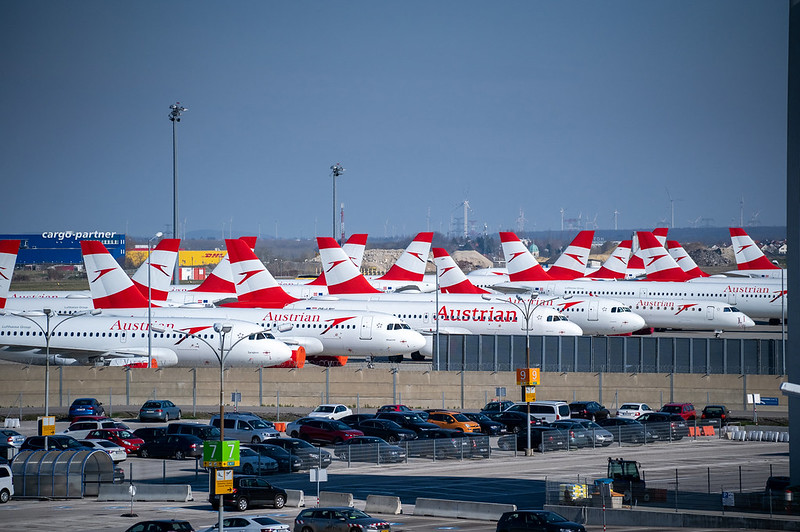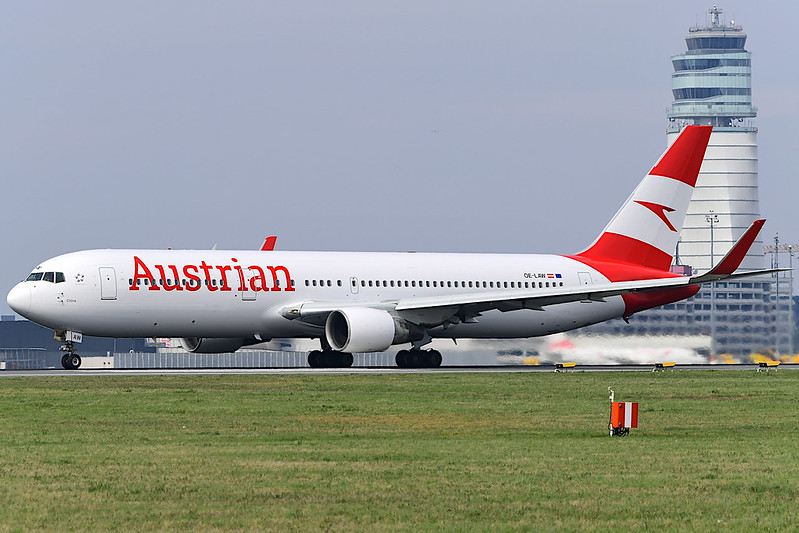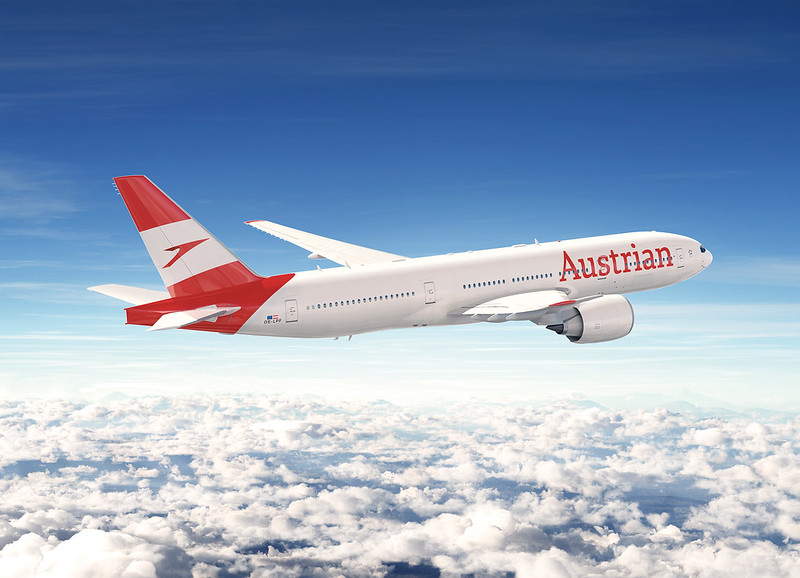Lufthansa Group carrier Austrian Airlines announced in a statement their first restrictive measures, due to the lower operation capacity caused by COVID-19.
In the statement, Austrian Airlines highlights that it is not yet possible to determine when the complete freedom to travel will be restored. For this year, the airline is predicting a 25-50% drop in demand and a maximum of 75% of the pre-COVID-19 level is expected by the end of 2021.

“The entire airline industry is pessimistic. We have to assume that we will reach the ‘pre-corona level’ again in 2023 at the earliest.”
Austrian Airlines Executive Board member Andreas Otto said
Austrian Airlines suspended all flight operations on March 18th (repatriation and cargo flights continue) but the airline stresses that it is aiming to retain as many of its 7,000 personnel as possible.
Fleet
In order to adjust the capacity Austrian decided to phase-out aircraft that are starting to show their age, which include the following:
- In 2019 Austrian started the phase-out of 18 Dash 8
- All seven Airbus A319
- Three of the Six Boeing 767-300 to be retired by 2022. The airplanes in question are OE-LAT, OE-LAW and OE-LAX (which are among the oldest aircraft in the fleet, with an average age of 28 years)
Austrian Airlines currently have a fleet of 84 aircraft, with an average age of 15.4 years. By phasing out older aircraft, the age will decrease to 14.6 years.

Between the phase-out of the all turboprop fleet and the phase-out of A320s, the fleet will be reduced to 70. As for the restart plan, 60 aircraft will be present in Austrian’s fleet in 2022; this includes 9 long-haul aircraft.
“We will part with the oldest and smallest aircraft […] also for ecological reasons”
said CCO Andreas Otto.
With the smaller aircraft leaving the fleet, the capacity reduction will be 20%.
“We got into this crisis through no fault of our own. Now it is our responsibility to make Austrian Airlines fit for the future after Corona. We want to retain our long-haul hub, even if we have no other choice for the time being but to adapt to the somewhat smaller market. Being fit for the future also means that we must be in a position to finance our aircraft, charges, wages and investments, and of course also to repay any charges and loans from Corona grounding,”
said Austrian Airlines CEO Alexis von Hoensbroech




